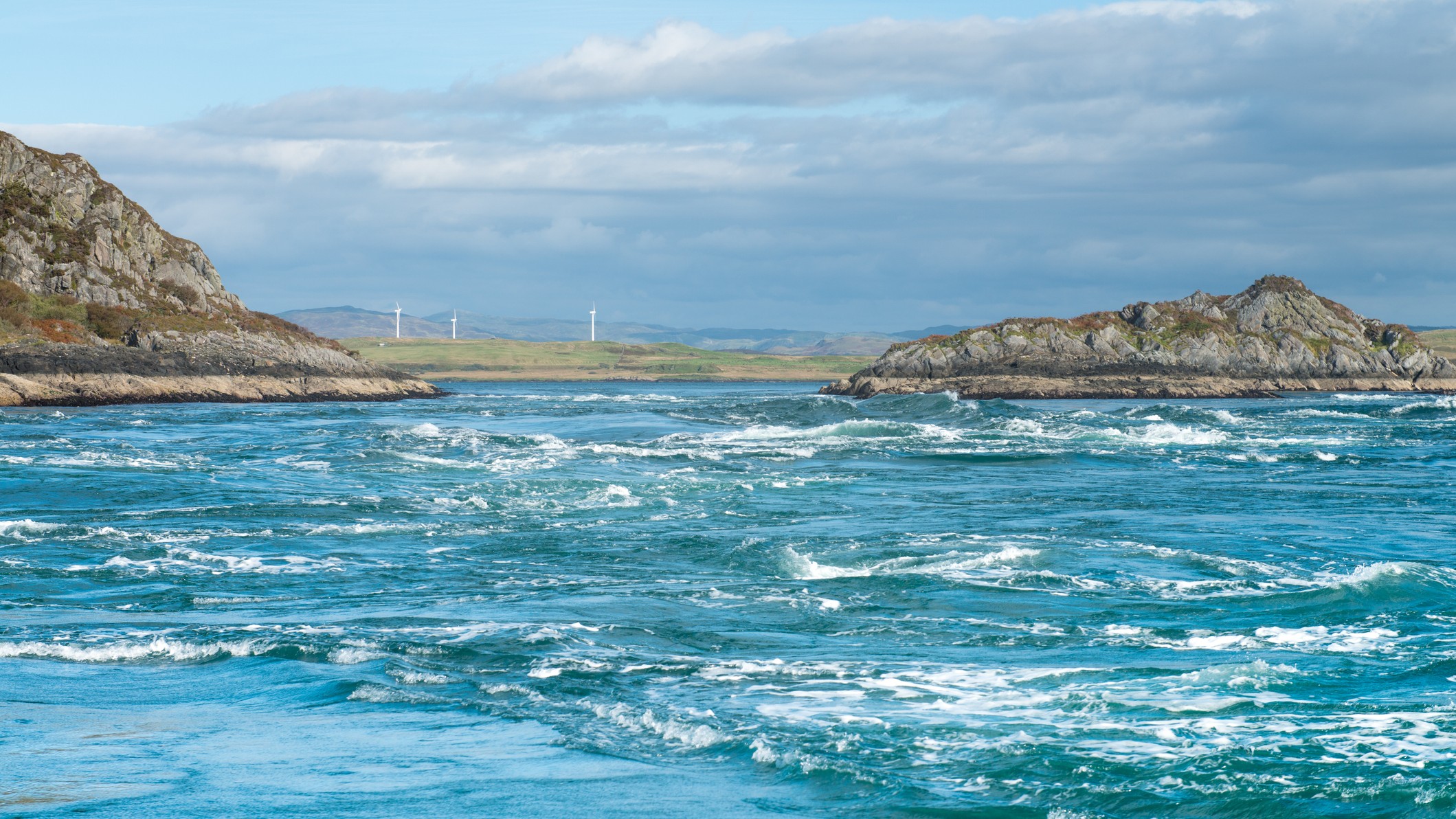Don't miss the solar eclipse today: How to watch live
We have advice for land, ocean or online viewing opportunities.
As much as 64% of the sun will temporarily disappear from view Saturday (April 30), as a rare solar eclipse moves across part of our planet.
The moon will pass in front of the sun from the point of view of observers in a narrow band of Antarctica, the southern tip of South America, and the Pacific and Atlantic Oceans. If you're there in person, make sure to pack certified eclipse glasses, and never look directly at the sun with unprotected eyes. (You can also watch the show here at Live Science.)
The visibility and timing of the eclipse will vary, depending on where you are standing. According to timeanddate.com, the eclipse is first visible worldwide at 2:45 p.m. EDT (1845 GMT). The maximum eclipse happens at 4:41 p.m. EDT (2041 GMT). Then, the eclipse ends at 6:37 p.m. EDT (2237 GMT).
Related: Here's a step-by-step guide for making your own solar eclipse viewer.

If you're on land, NASA says at least part of the eclipse should be visible "in Chile, Argentina, most of Uruguay, western Paraguay, southwestern Bolivia, southeastern Peru, and a small area of southwestern Brazil." (That's assuming clear skies.)
Some well-known cities or regions with views of the eclipse will include Buenos Aires (Argentina), the Falkland Islands (United Kingdom), Machu Picchu Base (Peru), Montevideo (Uruguay) and Santiago (Chile), according to Unitarium.com.
There's at least one cruise that is active in the eclipsing region, as the website of EclipseTours.com said it would be offering a private expedition with a view of the partial solar eclipse. An itinerary and pricing were not available.
Sign up for the Live Science daily newsletter now
Get the world’s most fascinating discoveries delivered straight to your inbox.
For those who can't catch watch the event in person, there will be at least one livestream of the event. The YouTube channel Gyaan ki gareebi Live will begin broadcasting the partial solar eclipse at 1:45 p.m. EDT (1745 GMT). This appears to be the only livestream available for now, but we will post others if they occur.
Alternatively, you can catch a live blog (not a stream) on timeanddate.com, which may have imagery of the eclipse as it happens.
If you can't get out to this eclipse in person, the next chance will be a second partial solar eclipse on Oct. 25 will be visible from Europe, northeast Africa, the Middle East and West Asia, according to NASA. There will be no total solar eclipses this year.
Editor's Note: If you snap an amazing solar eclipse photo and would like to share it with Live Science readers, send your photo(s), comments, and your name and location to community@livescience.com.
Follow Elizabeth Howell on Twitter @howellspace.

Elizabeth Howell was staff reporter at Space.com between 2022 and 2024 and a regular contributor to Live Science and Space.com between 2012 and 2022. Elizabeth's reporting includes multiple exclusives with the White House, speaking several times with the International Space Station, witnessing five human spaceflight launches on two continents, flying parabolic, working inside a spacesuit, and participating in a simulated Mars mission. Her latest book, "Why Am I Taller?" (ECW Press, 2022) is co-written with astronaut Dave Williams.











